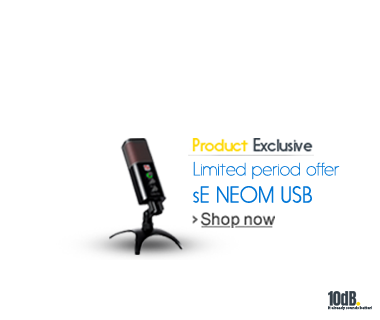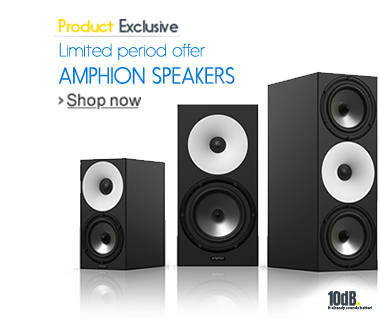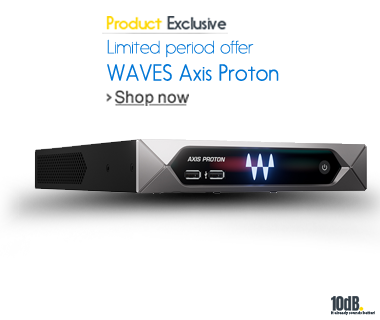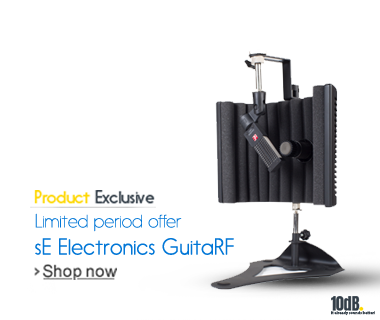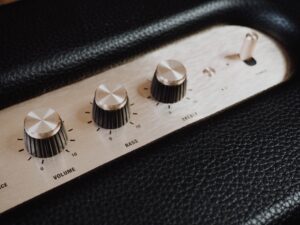What is 10dB? Exploring Its Significance and Applications
There are numerous customers who come from diverse backgrounds, not necessarily related to the music industry, yet they purchase specific products either for themselves or as gifts, embarking on their audacious journey into the realm of sound. Among the inquiries frequently encountered is the meaning behind the name of our website, 10dB. Consequently, we have taken the initiative to provide a comprehensive explanation and assist those unfamiliar with this terminology.
Introduction:
Decibels (dB) serve as a fundamental unit of measurement for sound intensity or power. In this article, we delve into the concept of 10dB and its relevance across various industries and applications.
What is 10dB?
When we refer to 10dB, we’re highlighting a particular measurement that signifies a tenfold change in sound intensity or power. It is important to note that the dB scale is logarithmic, which means that each 10dB increase corresponds to a multiplication of sound power by a factor of 10. Understanding the implications of 10dB can greatly enhance our comprehension of audio, acoustics, and electronics.
Applications of 10dB:
a. Audio Engineering: In the realm of audio engineering, 10dB plays a pivotal role. It is often used to express the difference in volume between two audio signals or the gain applied to a particular sound source. By employing 10dB increments, audio engineers can precisely control and adjust sound levels, ensuring an optimal listening experience for consumers.
b. Telecommunications: Telecommunications heavily relies on signal strength and clarity. 10dB is frequently employed to quantify the strength of signals transmitted or received. It helps telecommunications professionals assess the quality of a signal and determine the effectiveness of transmission systems.
c. Signal Processing: Signal processing involves manipulating signals to extract desired information or alter their characteristics. 10dB can indicate the level of amplification or attenuation applied to a signal during processing. This measurement guides engineers in modulating signals effectively, leading to improved data transmission, audio quality, or image processing.
Techniques to Achieve 10dB Gain/Attenuation:
Several techniques enable the achievement of a 10dB gain or attenuation in signal strength. Some common methods include:
- Using amplifiers or attenuators: These devices are designed to amplify or reduce signal levels precisely by 10dB.
- Adjusting input/output levels: By modifying input or output levels in audio systems, a 10dB change can be achieved.
- Applying digital processing algorithms: Sophisticated algorithms can digitally amplify or attenuate signals by the desired amount, including a 10dB adjustment.
Best Practices for Working with 10dB:
For professionals and enthusiasts working with 10dB-related equipment or systems, here are some best practices to consider:
- Ensure accurate measurements: Utilize calibrated instruments to measure and verify 10dB levels accurately.
- Avoid excessive gain: While amplifying signals, be mindful of potential distortion or clipping that may arise from excessive gain.
- Maintain signal-to-noise ratio: Attenuation or amplification should be performed while considering the signal-to-noise ratio to retain optimal audio quality.
- Follow safety guidelines: Adhere to safety precautions when working with high-powered systems, particularly during signal amplification.
Conclusion:
The significance of 10dB extends across various fields, serving as a crucial measurement for sound intensity or power. By understanding its logarithmic nature and applications in audio engineering, telecommunications, and signal processing, professionals can enhance their work and deliver superior outcomes. Explore further resources and applications related to 10dB to continue your journey into the realm of sound and signal processing.
A YouTube video that explains the subject really well from the channel Marco Galvan:
